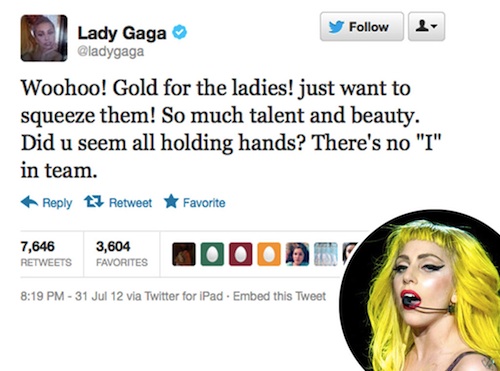By some measure, there are 500 million tweets sent everyday, world-wide. For the purposes of an exercise, consider this: if you were to say that each tweet represented one inch of space (because why not), the 500 million inches therein would stretch 1/4 of the way around the circumference of the Earth. Said another way, 1-inch tweets would cover the entire circumference of the Earth every four days. Simpler way to look at it? About 5,787 tweets are sent every second. Now … of course we don’t see all those tweets, but even in a standard timeline (with “scrollable refresh trigger”), the amount of tweets you do see can be overwhelming. There are quite literally about a million different blog posts telling you how to get “350,000 followers overnight” or “dominate Twitter” or whatever their specific headline is (Google “Twitter best practices” and you’ve got 894 million results). I think a lot of that is phooey — Twitter may be at a kind-of weird tipping point right now, but it’s still an ecosystem (another term you hear is “digital democracy”).
So, the simplest rules? Have good content, share other good content, and play nice. Those are your basic tenets, whether you’re a 20,000-person company or some schlub in a basement in Omaha.
Some resources are better than others, like this one from Buffer, which talks about all the basic stuff — time of day to tweet, weekends vs. weekdays, length of tweets, etc. There’s also this interesting graphic in there:
Hashtags are somewhat derided by many — think of the Fallon/Timberlake spoof, embedded below — but apparently they can help increase engagement. There’s more on the other basics — length, etc. — here.
Another simple approach — but a controversial one for many businesses — is to think about how active you actually need to be on Twitter. Consider: not every brand needs to be everywhere on social. Would it make sense for a total hook-up bar in a college town to be on Pinterest? Quite possibly no. Bosses are always going to want to be on Twitter — it’s a big name, a brand people have heard of, and competitors appear to be on there, so why aren’t we — but you need to remember that it’s a place best served for journalists, celebrities, thought leaders in certain fields, and brands willing to offer discounts (that’s what most people are looking for out of a brand’s tweets). Phrased another way by someone smarter than me on all this:
3. Twitter is increasingly a highly targeted element, used to reach and interact with particular audiences (more akin to PR in some ways). Twitter is of course also a must-do customer relations vehicle for most companies
Indeed. So be on there, but stand out by using it as customer service/PR. Interact with, don’t talk to. That alone helps you stand out.
Here’s some stuff via Twitter’s own blog about the successes that The New York Times and The Financial Times have had on Twitter. One major takeaway? Play it straight (don’t be cute/clever) and don’t be afraid to tweet big stories on the weekend (people have more time to find and be engaged with the content).
Here’s a monster infographic with a ton of info too:
The overall point here? Think about your brand/personal identity and where it should be living online. Then: have good/relevant content around whatever that identity is, connect to others in the same space, share their good/relevant content, and watch yourself grow. When I started this blog about six months ago, I had 206 Twitter followers. Now I have 640. Am I shattering the bank record-wise? No. Not even close. But did I triple my numbers off having semi-solid content regularly? Yes, indeed. It’s honestly that simple.



I’m a Twitter fan for business so liked your post especially the stats on best times etc. I use Twitter as part of my traffic generating stategy. wfh2013.blogspot.com